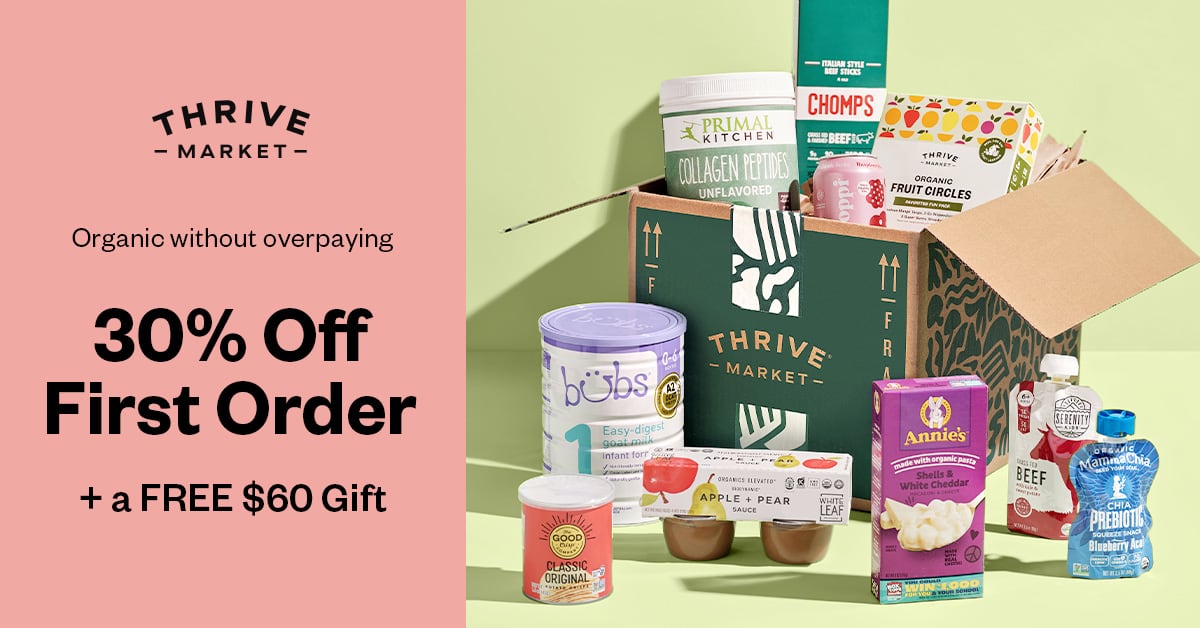Wild Fermented Elderflower Soda
This is a spring recipe that we love. It’s family-friendly and entirely delicious as an afternoon treat. The fizz comes from whey and the copious yeasts in the elderflower pollen. Because there is so much fermentation potential in this recipe in the form of pollen yeasts, it ferments very quickly, before all the sugars are consumed and the alcoholic content rises. This means everyone can drink it, not just the big people in your household.
Ingredients
- 2–3 elderflower floret heads
- 2 liters (70 fl oz/8 cups) unchlorinated water
- 1 heaped tablespoon light, raw honey
- 3 tablespoons whey (the clear liquid sitting on the top of plain yogurt will do)
Method
- Remove the large stems from the elderflower heads with scissors. Some people remove all the stems, but we don’t bother and have happily consumed this drink for years.
- Fill a 2 liter (70 fl oz/8 cup) jar three-quarters full with the water and add the honey, stirring to dissolve. Add the whey and then the elderflowers, stirring them all around.
- Place the uncapped jar somewhere warm, where you will pass it multiple times a day. Lightly cover the top with a cloth to prevent critters from getting in. Whenever you pass the jar, give it a stir to submerge the elderflowers – they will whirl around and then rise back to the top.
- Within 2–6 days, depending on your room temperature and the wild yeasts in the elderflower, the mixture will start to bubble. Taste it and see if it’s fizzy yet. If yes, ta-da – you’ve made elderflower soda. If no, leave it a little longer. Once it’s done, strain off the solids.
- Now you have a decision to make. You can bottle and chill the soda, which will have a very light fizz, or you can bottle it in swing-top glass bottles or plastic bottles and leave them on your kitchen bench to let the fizz build for a day or two. The pressure will build up, so be careful when you open the bottles.
TIPS
- The longer you leave the soda to ferment, the drier it will become as the yeasts eat all the sugars. It will also become more fizzy, slightly alcoholic and potentially explosive when opened, so be careful.
- We prefer to make this soda fresh in small batches and drink it with a light fizz. If you’d like to add a little fresh mint or lemon balm at the bottling stage, go for it.
- This basic recipe can be used to make all kinds of wild fermented fruit sodas. We’ve made blackberry, rhubarb, peach, nectarine, apple and more. You can also ‘backslop’ some liquid from one batch to the next to help get the fermentation started. There’s a whole world of sweet, fizzy DIY sodas to discover – experiment and enjoy.
- If you can’t get hold of whey, a tiny pinch of champagne yeast or normal bakers’ yeast will have a similar effect. Or you can leave it out – the elderflowers and the honey will create their own ferment in time, it will just take a little longer and possibly be a bit more alcoholic.

Milkwood by Kirsten Bradley and Nick Ritar, Murdoch Books, RRP $45.00 Photography by Kate Berry and Kirsten Bradley, Illustrations by Brenna Quinlan

Do you want to hear from some of the leading innovative minds in health and wellness? Tune into
The Food Matters Podcast
today.










